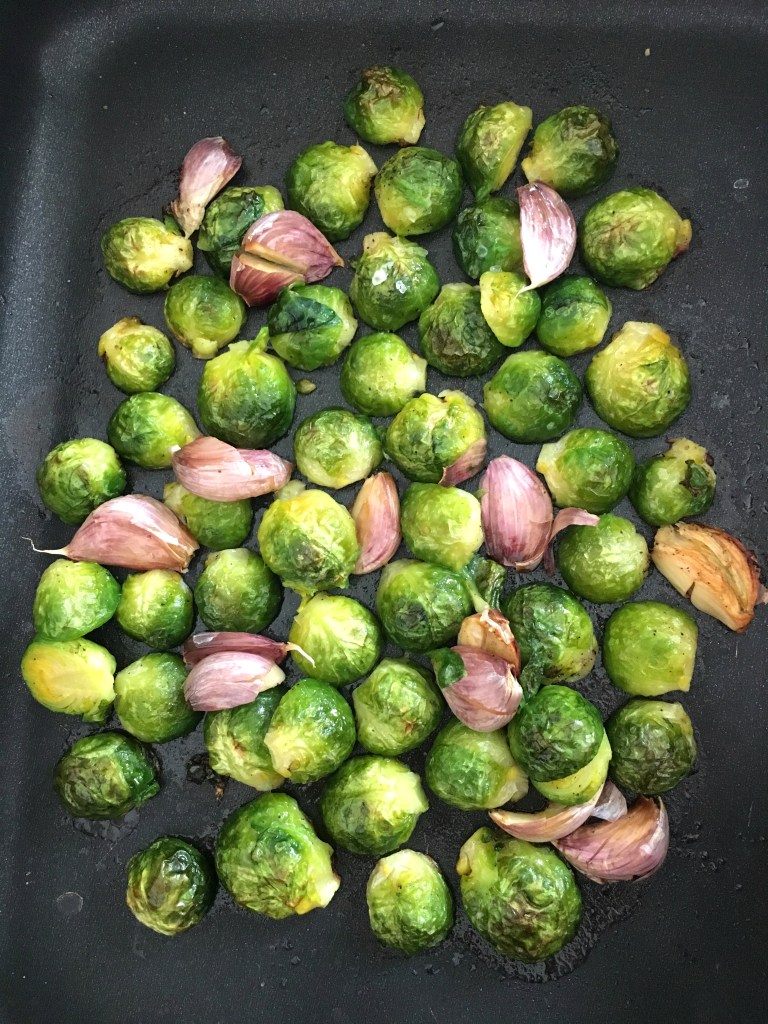
A wonderful recipe to use up day old rustic Tuscan style Italian bread is Pappa al Pomodoro. It’s also the perfect time of year to talk about this recipe because it’s the ideal recipe to take advantage of the many varieties of glorious plump red tomatoes that are abundant in all the markets during the hot summer months.
Pappa al Pomodoro is a “poor” dish of Tuscan cuisine. The peasant origin of this first course is testified by its ingredients; stale Tuscan bread, tomatoes, garlic, basil, Tuscan extra virgin olive oil, salt and pepper. In Arezzo this dish is traditionally prepared by using onion instead of garlic, and yet in other recipes both onion and garlic are used. So, while the ingredients may be simple, they must all be of top quality.
Tuscan bread is usually unsalted, and the reason behind this dates back to the 12th century. The rulers of Pisa were at odds with the rulers of Florence, and cut off their supply lines from the coast. This made salt prohibitively expensive. The Florentines, unwilling to cave to the pressure, simply began making their bread without it, and this is now a tradition that continues today.
The Italian word Pappa translates to mush, or baby food and that pretty much describes the consistency of the finished product; a dish that can be eaten at any age. But with amazing tomatoes, fresh basil and high quality olive oil, the flavor is anything but boring.
If you ask a Tuscan the recipe, their answer will vary depending on where in Tuscany they are from and usually, each different origin will add secret touches all a little different from each other. Pappa al Pomodoro can be eaten hot, lukewarm or cold, and is always best served with a generous drizzle of Tuscan extra virgin olive oil to give it extra flavor.
Pappa al Pomodoro
Ingredients
- 3 tablespoons extra-virgin olive oil
- 1 small onion, chopped
- 1 garlic clove, thinly sliced
- 1 kg fresh tomatoes, peeled, seeded and roughly chopped*
- 350g day-old Italian tuscan bread, roughly sliced into cubes
- 750ml homemade vegetable stock
- 1 handful of fresh torn basil leaves
- Freshly ground black pepper
- Grated Parmesan
- In a deep saucepan, heat the olive oil over a medium-high flame.
- Add the onion and garlic and saute for a few minutes, until onion is translucent.
- Add the chopped tomatoes and their juices and bring to a boil. Reduce to a simmer, add half the basil and let cook until the tomatoes begin to soften and break down. Allow to cook for 20-25 minutes in a covered saucepan, stirring occasionally.
- Using a wooden spoon, add the stale bread cubes and stock. Continue simmering until all the bread has absorbed as much liquid as possible, yielding a thick consistency.
- Stir in the remaining basil. Season to taste, with salt & pepper and let the soup continue simmering for 10 more minutes.
- Allow to rest for an hour before serving in warmed soup bowls. Splash with extra Olive Oil and sprinkle with Parmesan cheese. Garnish with a little fresh basil. *You can substitute the fresh tomatoes for polpa or passata, or roast the tomatoes before beginning the recipe.















 This recipe is easy to follow, just make sure you take your time cooking the rice. The rice used for this recipe in Italian is called Riso Originario. It’s characteristics include having a grain that is small, round, with a high starch content. It is best for sushi, soups and especially for desserts. You can use any white starchy rice though, and the rice ideally needs to be cooked the night before you plan to make your frittelle. Not everybody rolls the rice mixture into flour before frying them, but it helps keep them together and especially helps have perfect balls. (Note that in most places, frittelle aren’t all perfect and uniform in size or shape).
This recipe is easy to follow, just make sure you take your time cooking the rice. The rice used for this recipe in Italian is called Riso Originario. It’s characteristics include having a grain that is small, round, with a high starch content. It is best for sushi, soups and especially for desserts. You can use any white starchy rice though, and the rice ideally needs to be cooked the night before you plan to make your frittelle. Not everybody rolls the rice mixture into flour before frying them, but it helps keep them together and especially helps have perfect balls. (Note that in most places, frittelle aren’t all perfect and uniform in size or shape).



